The History of European Swords - Part 2
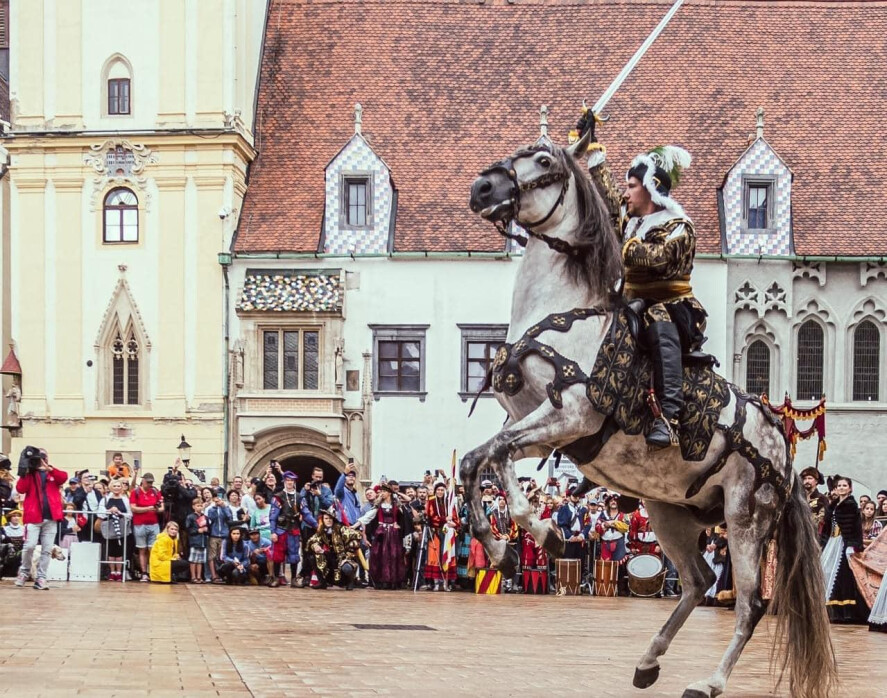
Contents
The Sword and Dubbing (Accolade)
Medieval noblemen were sent as children away from home to live at the court, where they served as “pages” and were trained in various disciplines. It took many more years before they were promoted to “squires”, and eventually became knights.
The medieval ceremony of conferring knighthood was called dubbing or accolade. At first, dubbing had the form of a light blow on the face or neck, symbolizing the last blow the knight-to-be ever had to put up with. Over time, the ceremony became more complex, and the light blow was replaced with the tapping on the shoulder. The word “accolade” derives from the Middle French “accolee”, which means “an embrace”, and ultimately from the Latin word “collum”, meaning “neck”. The dubbing ceremony was commonly performed during important religious festivals, but more often before or after a battle. Through dubbing, a candidate became a knight - an elite warrior of Middle Ages.
A knight's sword was much more than a weapon - it was a symbol of chivalry. During accolade, the knight received a new sword, along with a scabbard and belt, that were never supposed to be put away.
Knights in a 14th century tournament armour (“Stvanci” group)
Swords And Criminal Law
Ever since the time of Charlemagne, the sword was both an instrument and a symbol of justice. In Saxony, this legal practice was preserved until the 13th century.
Romanesque sword, 11. - 12th century.
When two nobles decided to settle their dispute by the sword, a duel was held in the open air, typically at dawn. Their “secondaries” were present, and sometimes other people too. The combatants wore full-body armour, held the sword in the right hand and shield in the left. The winner of the duel was the winner of the dispute. If the accused party failed to show up at the scene, while providing no legitimate reason for their absence, they were considered guilty.
In Germany, the sword was also used for executions. In Bohemia, on the other hand, beheading by sword was not common until the 10th century. However, swords were often used for political murders and massacres.
Knight Templar with a sword, 12. - 13th century. (Terra de Selinan Guild)
Thrusting, Slashing, Or Whatever Was Needed
Swords were used for various purposes, including executions. Sometimes thrusting, stabbing, and sometimes slashing. Medieval reports sometimes mention people being cut to pieces by heavy double-edged swords. Some chronicles contain drawings of severed heads and limbs, and these are considered credible.
The sword is held by the hilt, which consists of a pommel, a handle and a sword-guard that protects the hand. Throughout the Middle Ages, the knights held the hilt of their swords with full fists. Swords were used for powerful, downward blows, or for short slashing blows with the arm bent at the elbow, or from blows from the side. The way of holding the hilt and the fighting techniques remained essentially the same, even though the shape of the pommel and guard were changing.
One-and-a-half sword, 14th century
Somewhat more significant changes occurred during the 14th century. The blade of the sword became narrower and longer (100 cm or more), and the tip of the sword became more important because it could penetrate the weak spots of plate armour. The knights at the time gradually put away their chainmail armour and replaced it with more robust plate armour.
In the same century, knights had to face a new, dangerous type of military units on the battlefield - the infantry. The initially underestimated “muddy” soldiers surprised the knights by ignoring the previously established rules of combat. They ambushed horsemen in narrow passes, they used swamps and rivers to their advantage. Foot soldiers used halberds - which can be described as axes mounted on long shafts - to disable the knight's horse, pull the rider from his saddle and finish him off on the ground.
The difference between mounted knights and foot soldiers was that the foot soldiers had both hands free, which enabled them to hold the heavy halberd. Knights also often fought on the ground. This led to the evolution of hand-and-a-half swords, swords with a longer grip that could be held with one hand or both hands. These swords were also known as bastard swords. Bastard swords were the predecessors of two-handed swords, typical for the Renaissance era.
Used sources: the book Zbraně, šerm a mečíři (“Weapons, fencing and swordsmen”) by Ludiše Letošníková, Prague 1983.

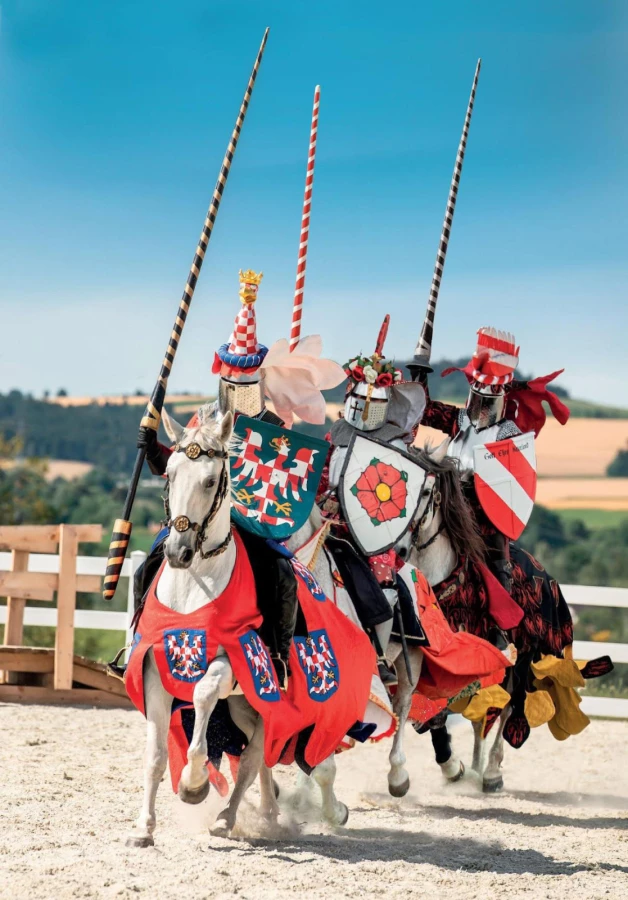
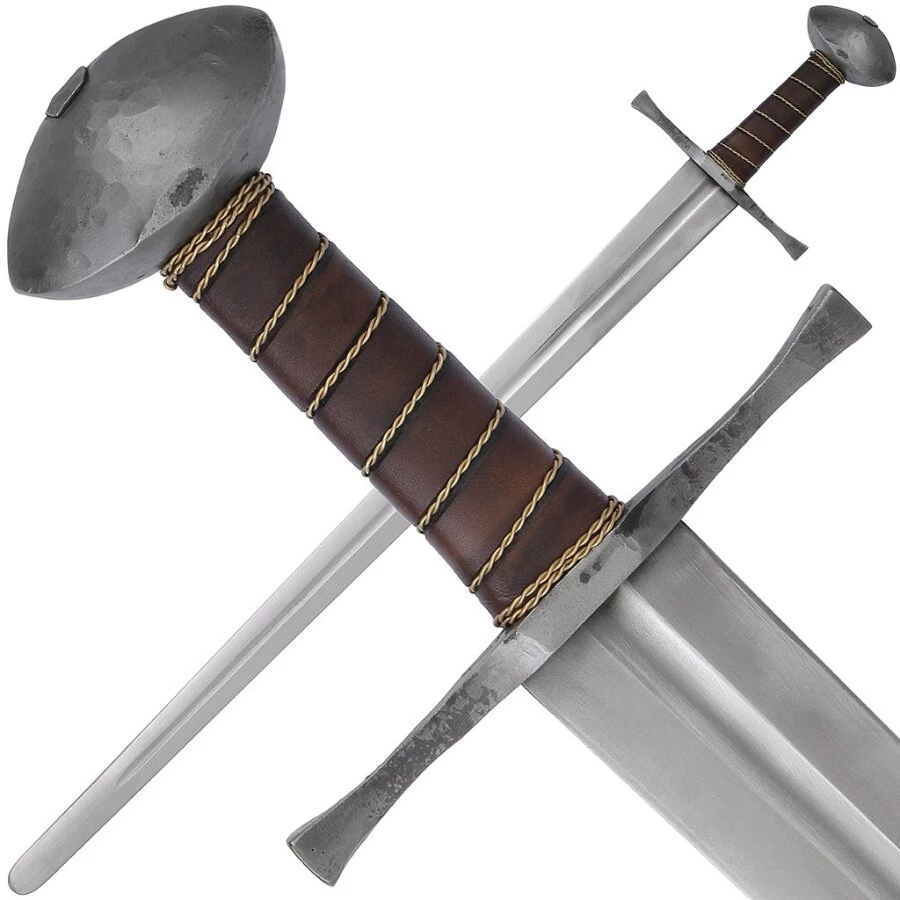
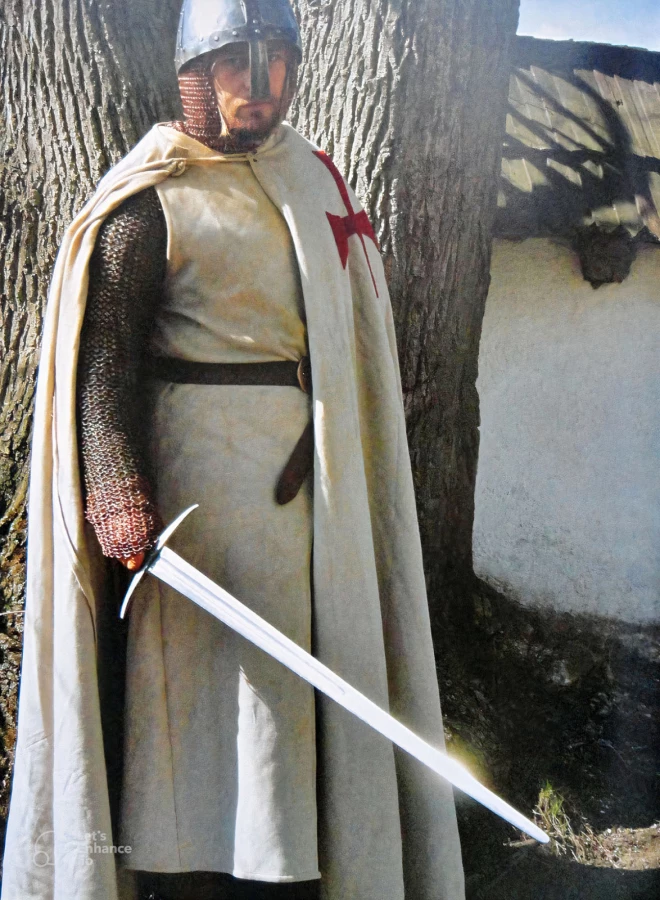
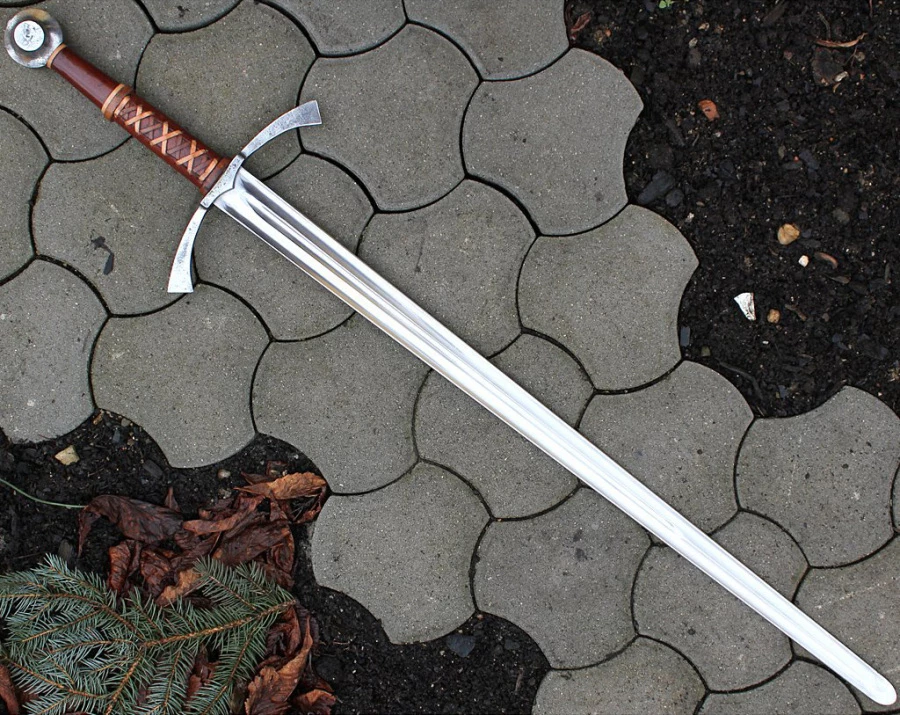
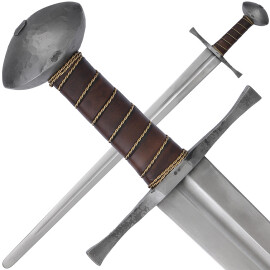
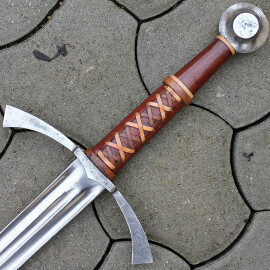
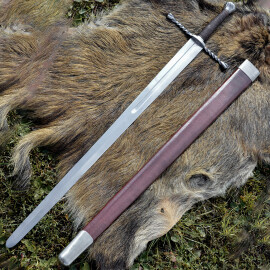
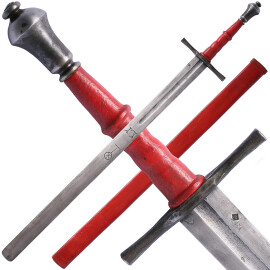
Comments